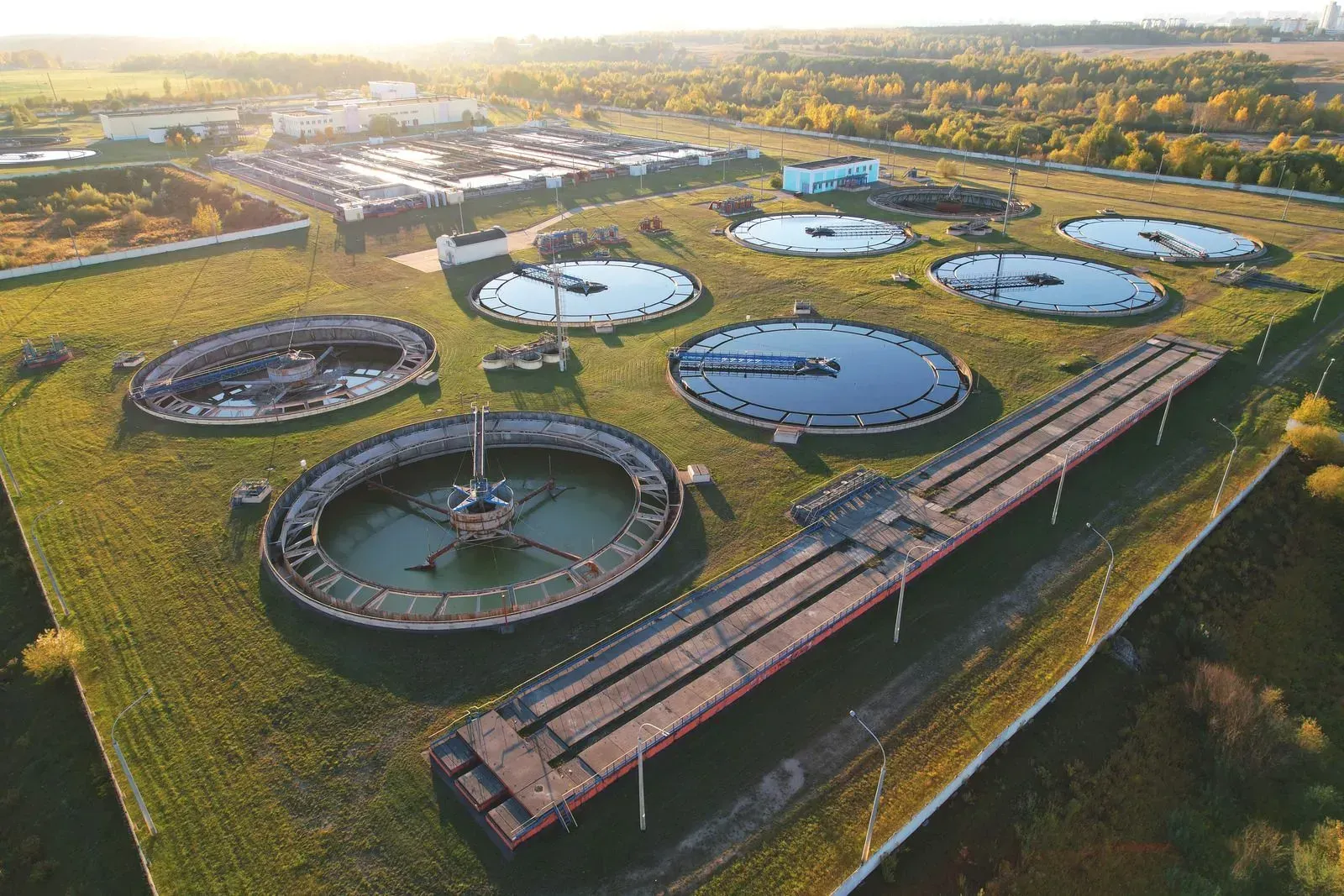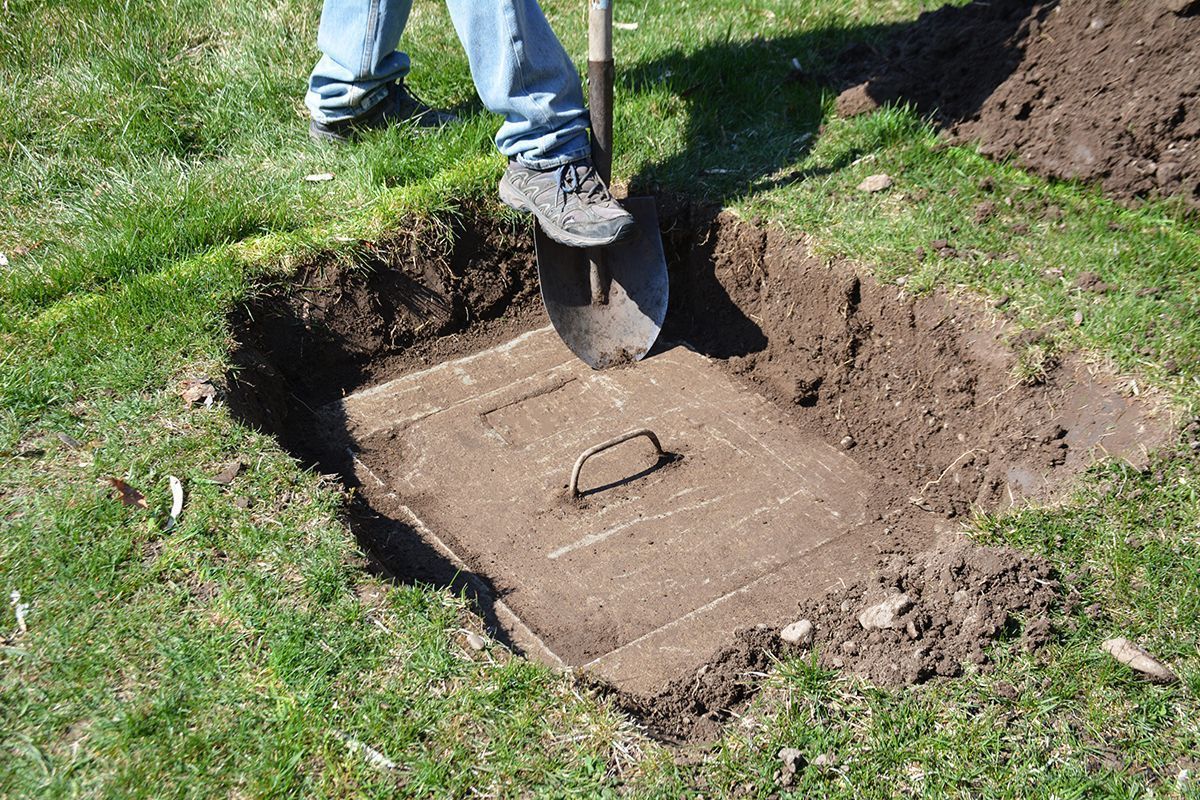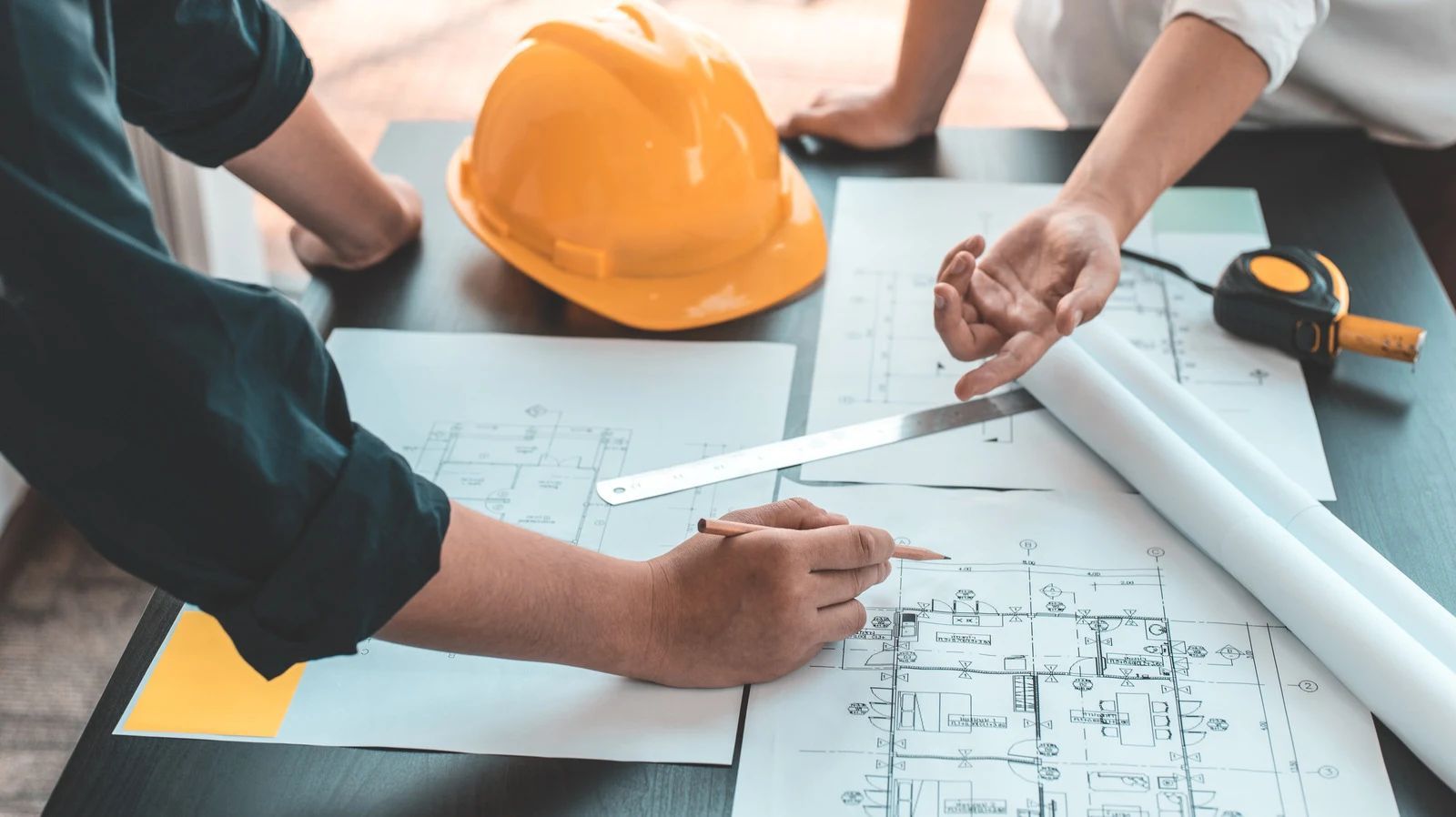The Role of Civil Engineering in Sustainable Land Development
June 3, 2025

Sustainable land development is more important than ever as communities grow and environmental concerns increase. Civil engineering plays a crucial role in creating infrastructure that supports economic development while minimizing environmental impact. Through innovative planning, resource-efficient designs, and eco-friendly construction methods, civil engineers help shape sustainable communities that balance growth with conservation.
By integrating sustainability into every phase of land development, civil engineers ensure that projects are not only functional but also environmentally responsible. From site preparation to stormwater management, their expertise is essential in reducing pollution, conserving natural resources, and enhancing resilience against climate change.
How Civil Engineering Supports Sustainable Land Development
1. Smart Site Planning and Land Use
Effective land development begins with careful site planning. Civil engineers analyze the terrain, soil conditions, and surrounding environment to determine the best use of land while minimizing ecological disruption. They design developments that optimize space, reduce urban sprawl, and preserve green areas.
By incorporating sustainable land use principles, such as mixed-use developments and green spaces, engineers help reduce the environmental footprint of new projects. Thoughtful planning also enhances walkability, supports public transportation, and reduces reliance on automobiles, further promoting sustainability.
2. Stormwater Management and Water Conservation
Managing stormwater effectively is a key aspect of sustainable land development. Civil engineers design drainage systems that prevent flooding, control erosion, and improve water quality by filtering pollutants before they reach natural water bodies.
Sustainable stormwater solutions include:
- Permeable pavement that allows water to seep into the ground, reducing runoff.
- Rain gardens and bioswales that naturally filter stormwater and support biodiversity.
- Retention ponds and green infrastructure that store and treat excess water.
Additionally, engineers implement water conservation strategies such as rainwater harvesting and efficient irrigation systems to reduce water waste and promote responsible usage.
3. Eco-Friendly Infrastructure and Materials
Sustainable development relies on infrastructure that minimizes environmental impact. Civil engineers select materials and construction techniques that reduce energy consumption and pollution. This includes:
- Using recycled or locally sourced materials to lower carbon footprints.
- Designing energy-efficient buildings and infrastructure with sustainable materials.
- Implementing smart grid systems that improve energy distribution and reduce waste.
Innovative engineering practices, such as modular construction and prefabrication, also contribute to sustainability by reducing material waste and improving construction efficiency.
4. Renewable Energy Integration
Incorporating renewable energy into land development is a growing priority. Civil engineers work with energy experts to design projects that support solar, wind, and geothermal energy solutions. This includes:
- Planning sites to maximize solar panel efficiency.
- Designing roadways and buildings that integrate wind energy solutions.
- Developing infrastructure that supports electric vehicle charging stations.
By integrating renewable energy sources, civil engineers help reduce dependence on fossil fuels and lower greenhouse gas emissions.
5. Transportation and Sustainable Mobility Solutions
Efficient transportation planning is critical for sustainable land development. Civil engineers design road networks, public transit systems, and pedestrian-friendly spaces that reduce traffic congestion and pollution. Sustainable transportation solutions include:
- Expanding bike lanes and walkable pathways.
- Designing energy-efficient public transit systems.
- Incorporating smart traffic management systems to reduce emissions.
By prioritizing sustainable mobility, civil engineers help create communities that are less reliant on cars, promoting healthier and more environmentally friendly living spaces.
Build a Sustainable Future with Expert Civil Engineering
Sustainable land development requires innovative engineering solutions that balance growth with environmental responsibility. At Environmental Design Group
in Austin, TX, our team brings over 55
years of combined experience in civil engineering and sustainable development. We design projects that prioritize efficiency, conservation, and long-term resilience. Contact us today to learn how we can support your next sustainable land development project.





